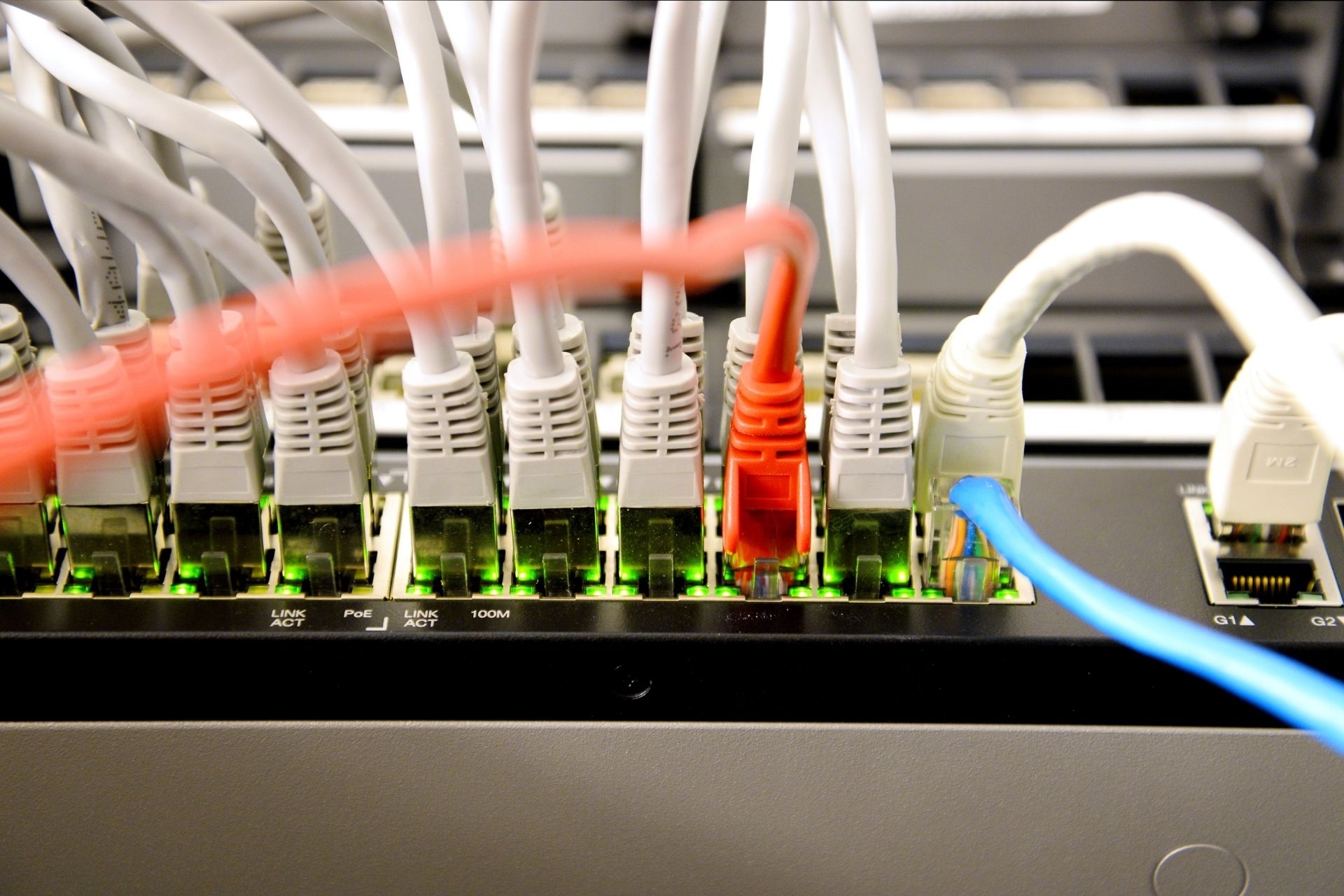Fiber-to-the-Home (FTTH) Infrastructure
What are the advantages of using fiber-optic cables for FTTH infrastructure?
Fiber-optic cables offer numerous advantages for FTTH infrastructure, including high bandwidth capacity, low signal loss over long distances, and immunity to electromagnetic interference. These cables use light signals to transmit data, allowing for faster and more reliable internet connections compared to traditional copper cables. Fiber-optic cables also have a longer lifespan and require less maintenance, making them a cost-effective choice for deploying FTTH networks.
Fiber Optic Internet for MDU Internet Services
In-Building Optical Network Design



